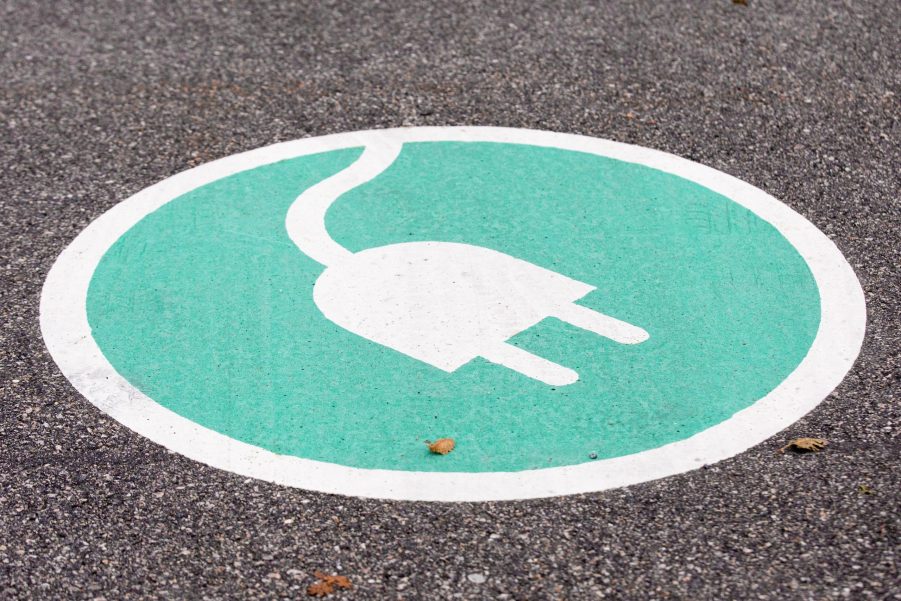
EV Prices Are On The Rise But So Are Sales
EV prices have not begun to level out and drop as market analysts had expected. The reason for this is multifaceted. In the face of these high prices, another interesting trend emerges. Sales for electric vehicles are on the rise. Buyers are undeterred by high prices. What drives them to choose these expensive options?

EV prices are high
According to a 2019 JATO study found that EVs cost 81% more on average than ICE cars. The upfront cost of owning an electric vehicle can be prohibitive. Prices of emerging technology are always high. Experts predicted refinement of the EV development process would mean lower prices.
After more than 20 years on the road, production EV prices have not equalized as economists predicted. Battery development is the answer to making EVs comparable in price to ICE. Current development projections could mean a drop in EV prices by 77% over the next 15 years.
A lack of charging infrastructure makes some potential buyers shy away, keeping prices higher than gas-powered cars. As more chargers are built and EV cars spread out from major cities, prices will rival the competition.
EV sales are going up

RELATED:
EV shoppers seem to have different motivations when choosing a vehicle. While other markets are heavily influenced by price, EV shoppers are doggedly focused on efficiency and fuel economy. It’s no surprise that buyers willing to pay more than double for an electric option are not motivated by bargains.
Partly because of their high prices EV’s remain niche. They represent just 1.9% of the global market. Lack of charging infrastructure outside of major cities has also limited sales. Many buyers are simply waiting for the technology to mature.
Range anxiety was cited as the number one factor keeping buyers from switching to EVs. This confirms that EV buyers will pay a premium for an eco-conscious option. This issue will naturally fade as EV technology spreads.
When will the market equalize?

Electric vehicles remain a niche category. They represent a mere 1.9% of the global market. Increasing this market share is vital to lowering EV prices. This may naturally occur as battery cell technology develops and ranges increase. Some complex factors are keeping EVs from claiming a larger portion of the market.
The numbers on EV ownership paint a complex and somewhat confusing picture. In 2020, Plug In America completed its first annual survey of current and potential EV owners. 96% said they would repurchase an EV yet, 20% of EV owners will return to ICE vehicles. What makes 14% of these satisfied owners return to combustion vehicles?
The answer to that question is also a key factor in improving EV sales. EV owners’ biggest complaints revolve around charging issues. There are fewer than 50,000 charging locations in the U.S., each with an average of 2.75 charging stations. By comparison, there are 168,000 gas stations in the United States, each with an average of 8 pumps per station. That number has been on the decline for over a decade. Each of these stations has an average of eight pumps per station.


